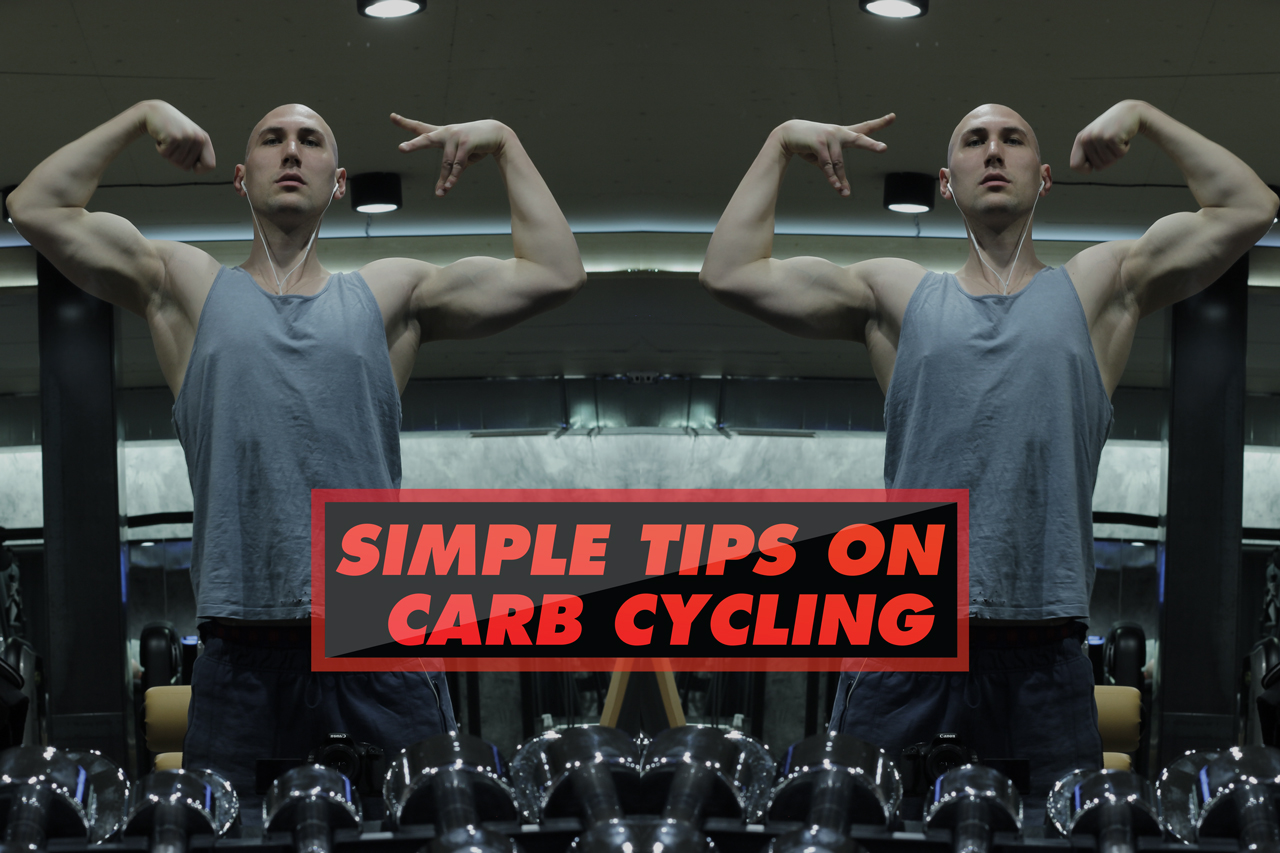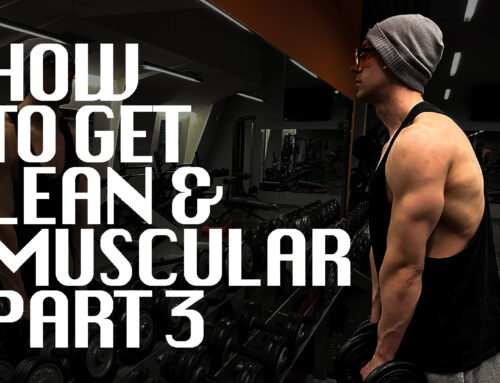In the paragraphs bellow I am giving you few simple tips on how to carb cycle for fat loss. I do not encourage you to start eating carbs if you already do really well on some type of HFLC diet.
- Choose the right types carbs.
Even though plenty of people might disagree with me, picking the right types of carbs is probably the most important thing to pay attention to.
Not all of the carbs are created equal and they will not produce the same results when you ingest them in your body. Use free of toxins or other chemicals starchy carbs.
Complex or simple?
I believe the best answer of this question is:
It really depends on your body fat percentage and the amount of muscle mass you carry.
The leaner and the more muscular you are, the better your body utilizes the carbs and the more it can store in form of muscle glycogen. If this is your situation, things like Basmati, Jasmin or other types of white rices will do a great job.
If you can tolerate them you can also use some white or red potatoes as well. In other words the clean, quickly digestible and high glycemic types are the way to go if you are relatively lean.
When you are already in decent shape it boils down to what is going to fill your muscles better and of course your personal taste.
On the other hand if you are not that lean or maybe you are even obese I believe you should do everything possible in order to minimize the risks of high blood sugar spikes.
The reason for this is because you want to avoid any potential insulin response and fat gain. In this situation the clean and slow digestible carbs would be your best option.
Things like sweet potatoes, yams or other tubers such as pumpkin and squash will allow you to do a proper re-feed while keeping the levels of your blood sugar stable. All of them are very nutritious, tasty and most importantly toxins free complex carbs.
You can use some other forms of resistant starch such as high quality parboiled rices as well. Your body is going to break them down a lot slower than the others, so that makes them another excellent choice.
Stay away from the brown rices since they are really taxing to the digestive system and the arsenic is contained in their outer part aka the shelf.
2. Schedule your carb days properly.
There is really no right nor wrong way to do it. They are plenty of effective protocols, but the key is to find the one that works for you.
If you consider yourself as a highly fat adapted individual I wouldn’t recommend you to do more than 1 or 2 consecutive days every week or even every 10 days.
If you mostly rely on glucose as primary energy source or simply feel like carbs boost your performance at the gym, then it would be a great idea to eat them before or after your heavy training days.
Another great idea is to place the re-feeds around the days when you exercise your weaker body parts. I guess everything depends on your current situation, goals and the lifestyle you have.
Just incase you wonder, this is kind of what I do.
Even though during 80% of the time I stay on literally HFNC, I always prefer to make a good use of the crazy pumps I get on the day after ingesting some starches with my one meal a day.
When combined with the proper hydration carbs allow you to throw some extra blood, water and oxygen into the muscle cell during workouts.
All of that drags even more nutrients in it, so it seems like really good idea to take advantage of it.
Carb cycling has been here since forever. These bellow are few of the most classical versions of it. If you find it easier you can use them as some type of starting point or base line.
- * Two carb days spread through out the week. Approximately one carb day on every 3 to 4.
- * Carb-back loading and carb nite. Excellent options for Warrior diet and OMAD dieters.
- * Eating carbs during the weekends.
3. Macro nutrient ratios.
Alternate between carbs and fats. Stay on HFNC most of the time and cut all of the fats on your carb days. You are going to be amazed of the results you are going to achieve by doing this simple adjustment.
I know plenty of people specially in the paleo community advocate high fat even on the carb days, but this comes with the risk of unnecessary caloric overload. Based on my observations most of them are not concerned about the way they look as long as they are not obese.
When it comes to improving body composition the best way to do it is to alternate between both. If you do warrior or OMAD eating patterns applied to a paleo diet, you will find your body can work really effectively on both. So switching between them wouldn’t be a problem for your brain as long as you use the right kinds of carbs.
Keep in mind that in the moment you ingest the carbohydrates you will jump out of ketosis. This means your body is going to switch from fat burning to sugar burning/fat storing mode.
During this time your body is not going to use the fats, so you want eliminate the potential storing of additional calories.
Some people like to take this even further by incorporating a protein fasts to the high carb days. This practice was commonly known between some trainees of the legendary iron guru Vince Gironda and it was invented by him.
Accordingly to his recommendations no fats nor proteins should be consumed along with the carbs.
I think this makes perfect sense, but on the other hand I believe it might be a bit too harsh for people who break down muscle tissue on a day to day basis.
If that is your opinion then simply reduce the amounts of protein you consume on the carb days. Also make sure to substitute the fatty fishes or meats you typically consume on KETO/HFNC or HFLC with leaner ones.
Just incase you still want to sneak some fats on carb days, I believe the best and most optimal way to do it is by hacking your rice with some form of MCT.
You can go with high quality coconut oils, MCT or even a product called organic coconut mousse aka Kokos mus.
In my humble opinion this is the least harmful combination between fats and carbs, but typically I do not feel well when combining both, so I avoid it. It is not necessary for you to do the same.
4. Keep a proper hydration.
Many people neglect its importance, but in order to activate the carbs and help your body to use them more effectively you need water.
Water is the source of life and it flushes your whole system. The proper hydration helps you retain less water even after the carb day. It also allows to excrete the excessive amounts a lot faster.
Drinking plenty of water not only supports better pumps and muscle contractions, but is also vital for all of the processes in your body including the fat burning.
It varies for each and every individual, but I believe a gallon a day might be good starting point for athletes.
5. Do not pay attention to the scale.
Quite often people start worrying because they think they gained some fat on the days after the carb ups. In the reality it is all caused by water retention. This can easily make your face looks puffy and bloated, but by any means shouldn’t scare nor frustrate you.
Since each gram of carbohydrate retains around 3 grams of water on the day after your re-feed, you will most likely find your body gained some extra weight. It is all water and it will be all gone in 2 days.
Yes, you will probably look smoother, but not for long, so please do not stress.
I hope that makes sense.
Yours truly:
Peteonthebeat
- The Middle Pillar Meditation - March 21, 2020
- Outwitting The Devil Book Review - February 20, 2020
- Do Calories Matter? - July 2, 2019







